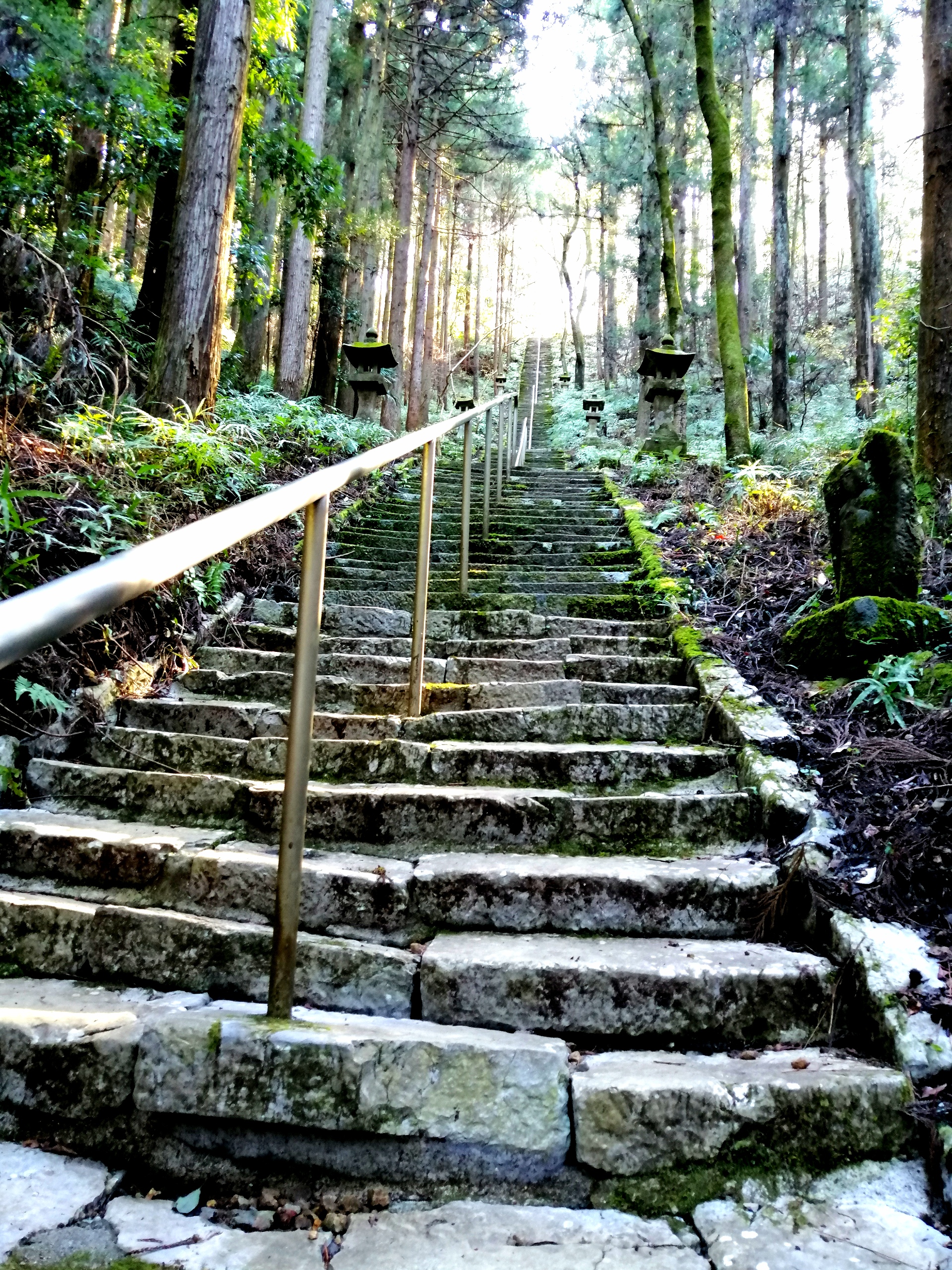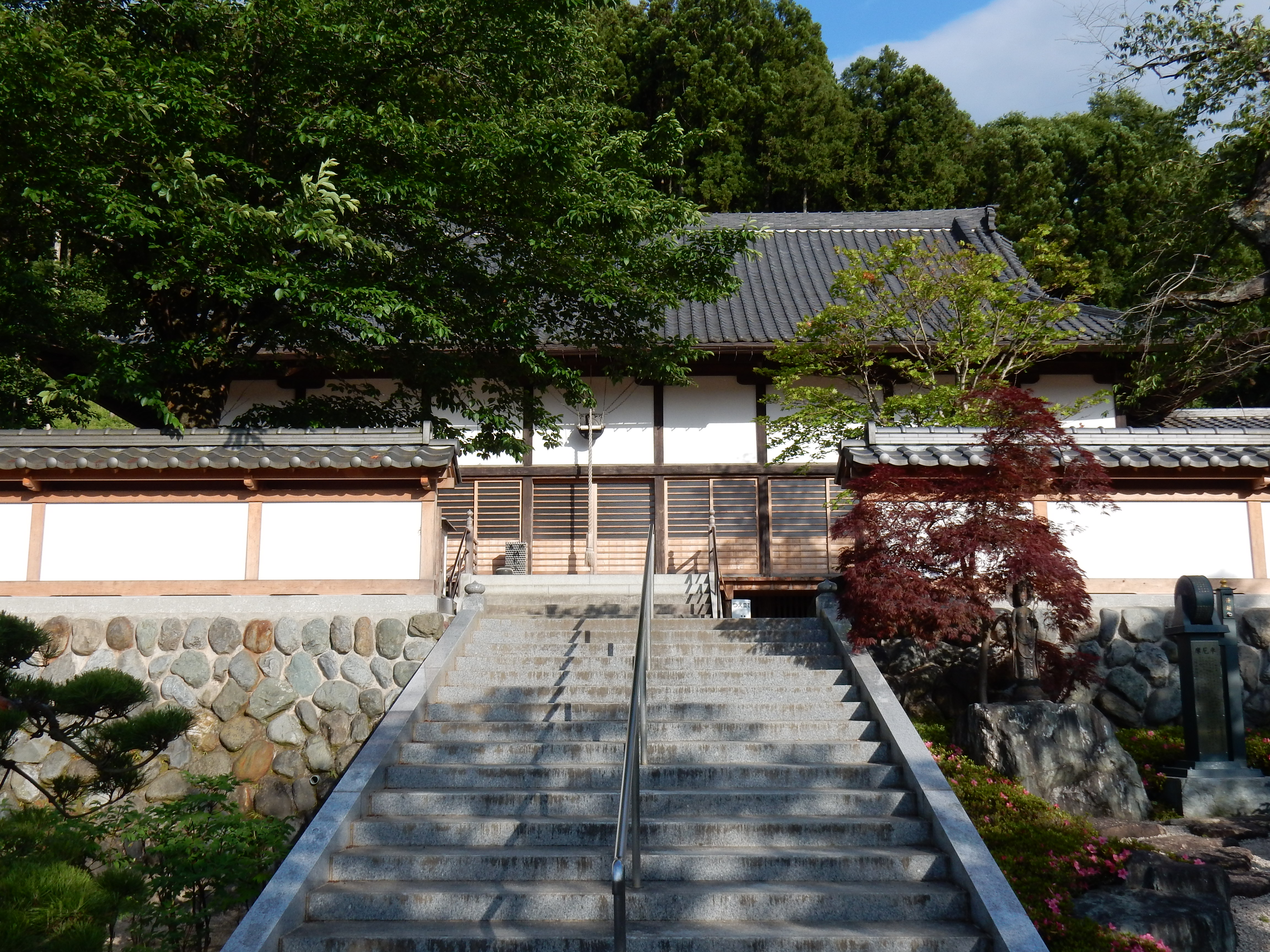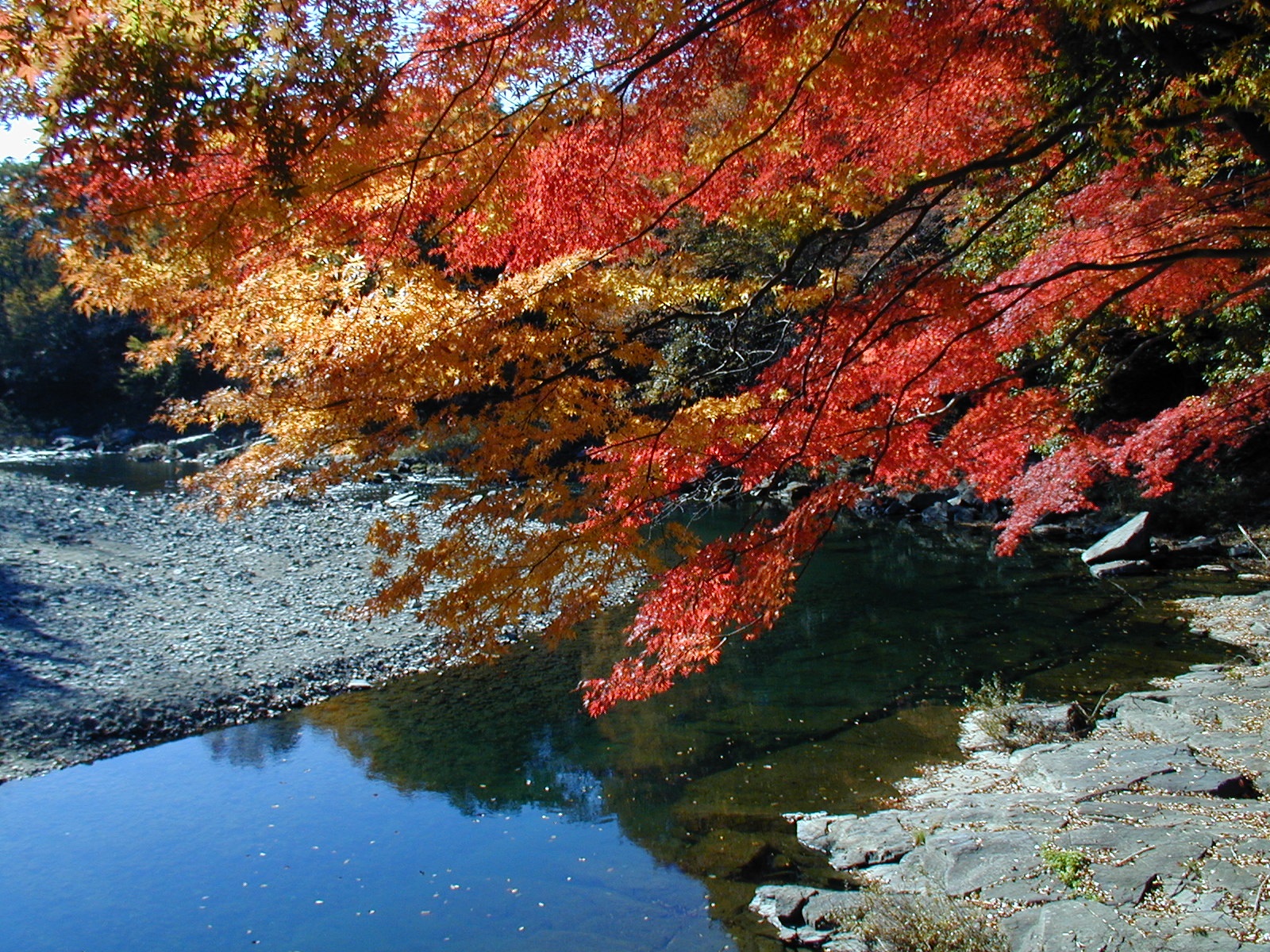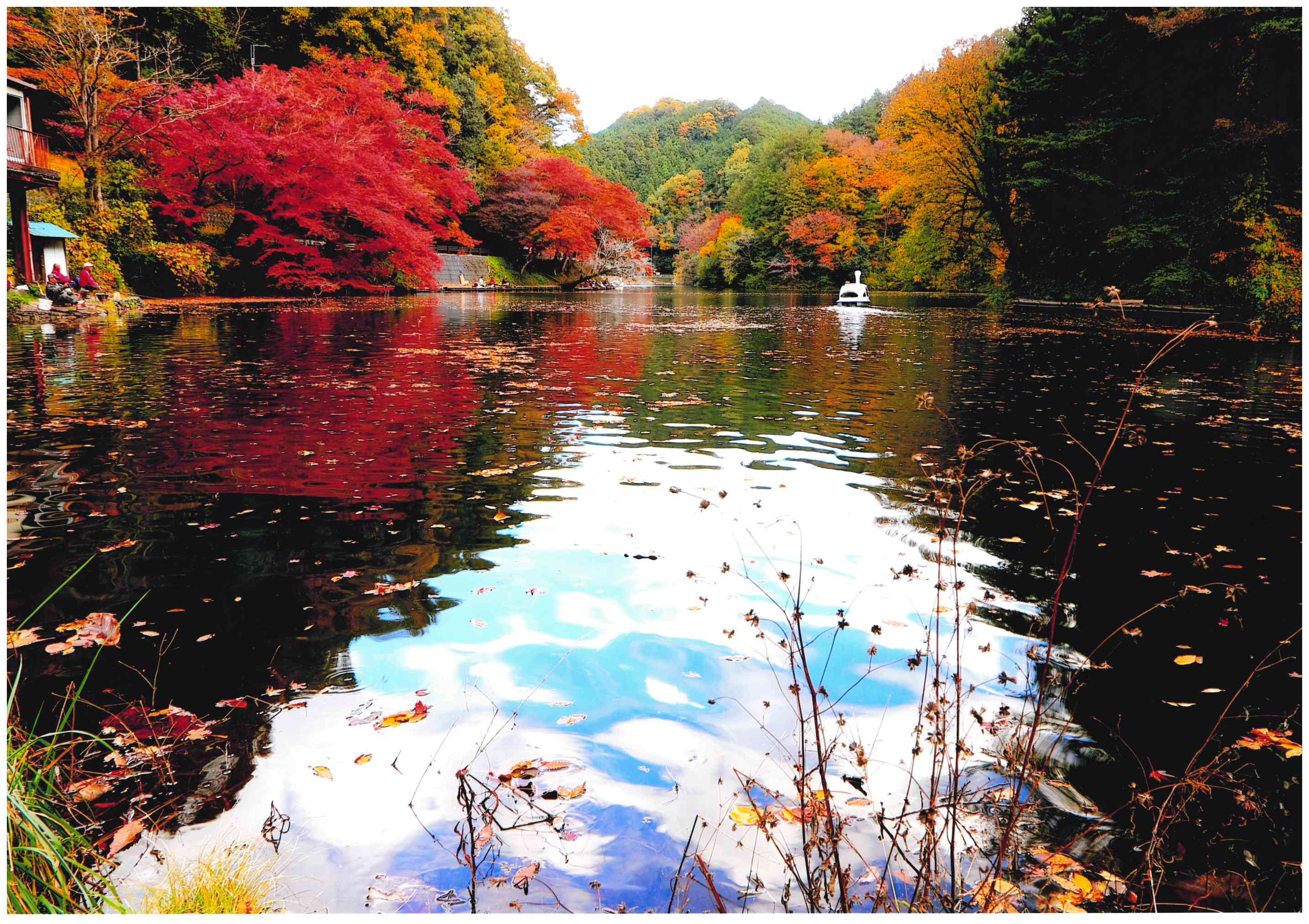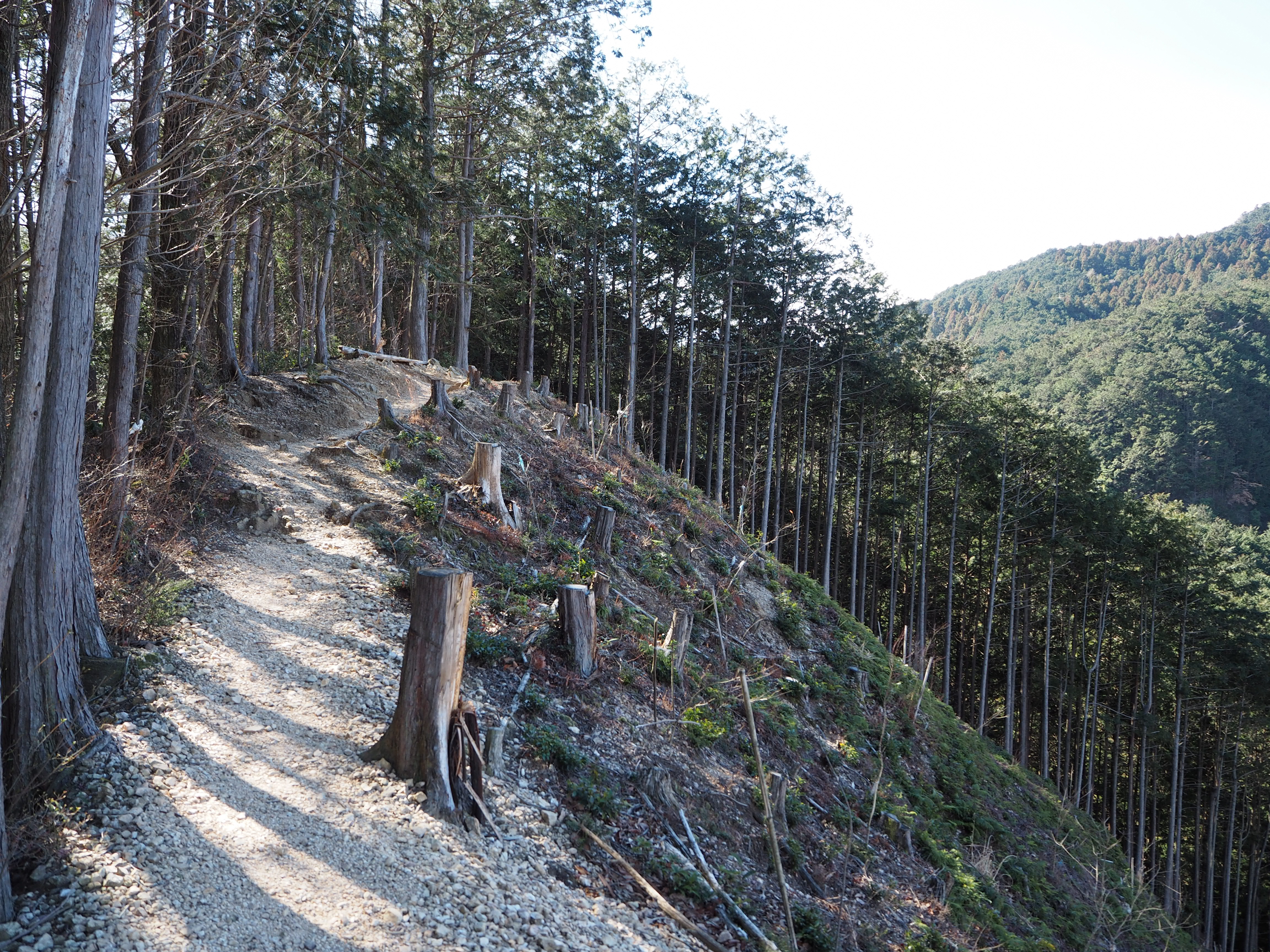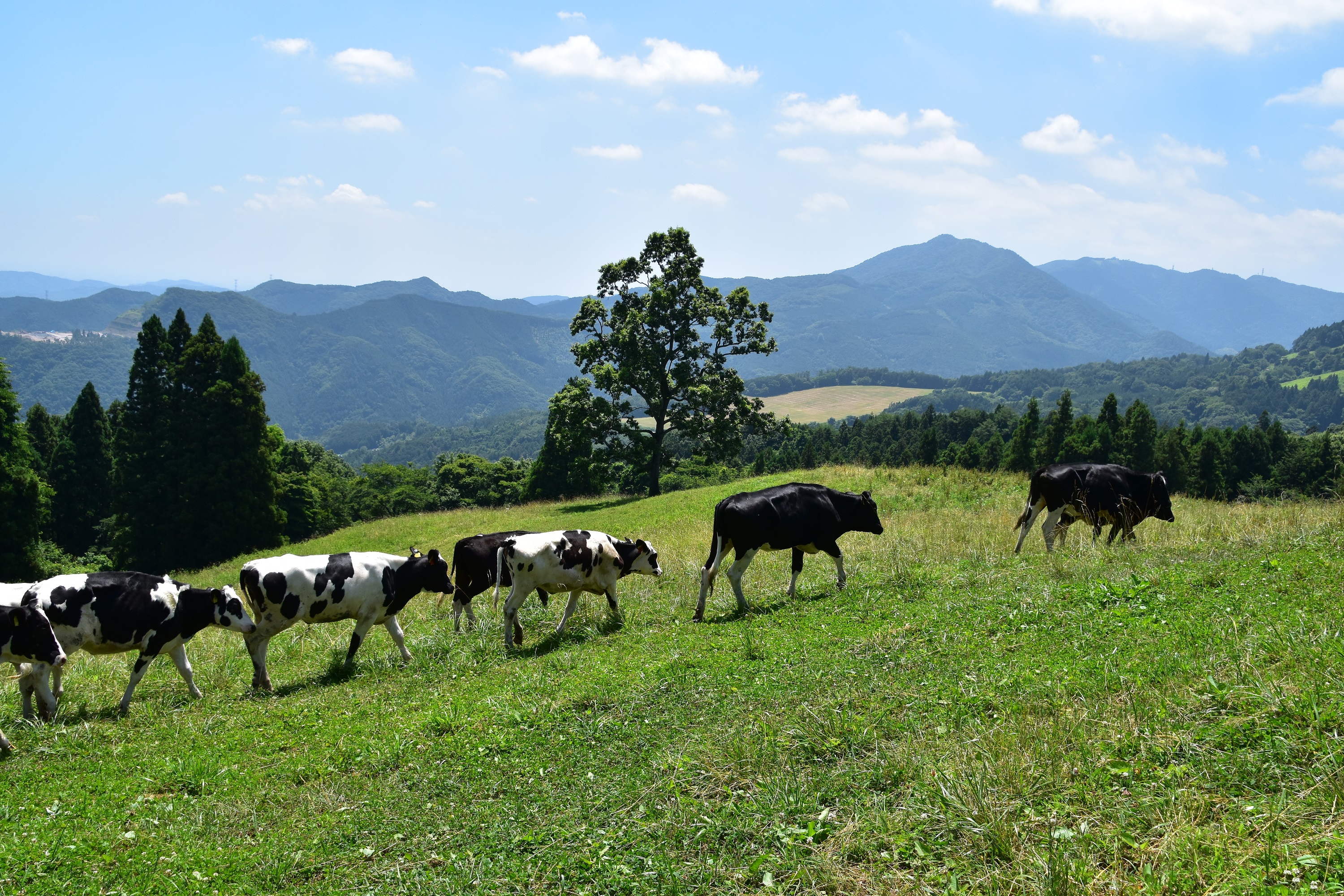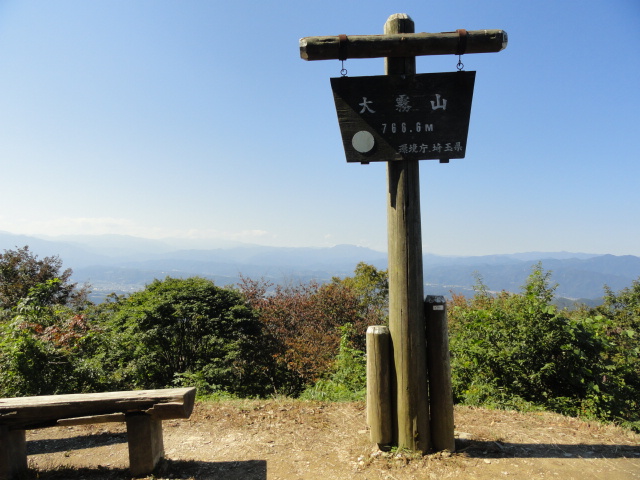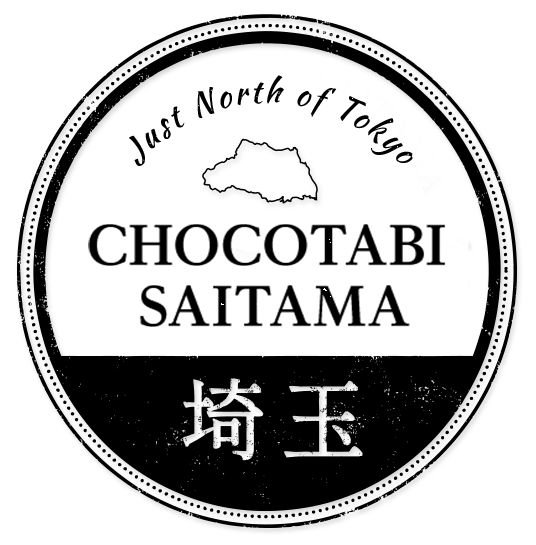A popular hiking course where you can sense nature and the sensibility of Japan
Saitama’s western area is mostly mountainous. Life and culture have developed along the nature of the mountainous terrain, and this area is now loved as a place of healing for people who are tired of urban life. Today we will introduce a popular hiking course in Saitama. If you want to experience a feeling of liesure and sense different from the bustle of Japanese cities, please keep reading!
●Chichibu Amulet-issuing Temple Tour
In Buddhism, “Fudasho” is a Japanese word that refers to places of worship such as temples. As there have been many spiritual temples and Buddhist temples within the Chichibu area since ancient times, it seems that those destinations have been connected into a kind of pilgrimage route. It is said that due to its close proximity to Tokyo, and to how close the locations are to each other, Chichibu was so popular during the Edo period that tens of thousands of people went on pilgrimages every day. The Chichibu Fudasho pilgramage is made up of 34 temples, taking about 1 week to visit all 34 temples on foot. Of course, you can go around by car, but as the ancient roads are still there, it is still a highly popular hiking course today.
Notably, the course that connects No. 26 En’yuji Temple, No. 27 Daienji Temple, and No. 28 Hashidatedo is a popular course where visitors can enjoy the scenery, nature, life, and culture of Japanese countryside towns. Start from Kagemori Station on the Chichibu Railway. After leaving the town, you will see old-fashioned stone steps, temples and Buddha statues along the hiking trail. It takes about 2 hours to walk from the station to No. 28 Hashidate-do, but the further you walk, the more the scenery around you changes, and by the time you arrive at Hashidate-do, the scenery will have completely changed! Enjoy hiking as you see how Japan’s nature, culture and life merge.
●Ranzan Valley
Cherry blossoms. Autumn leaves. There are many natural landscapes that symbolize Japan. The beauty of valleys is another natural landscapes that Japanese people like. Ranzan Valley, located in Ranzan Town, Saitama Prefecture, is loved by the region so much that the town was named after the Ranzan Valley. The name of the canyon comes from Arashiyama in Kyoto, one of the natural landscapes that Japan takes pride in. As the scenery of Ranzan is similar to that of Arashiyama, the same kanji is used, but with a different reading.
Many people come here for hiking or to enjoy barbecue from early spring to the fall. The closest station is Musashi-Ranzan Station on the Tobu Railway, and is only about half an hour from Tokyo. As you can hike in light, casual wear, it is a popular hiking course for both local residents and visitors from the Tokyo metropolitan area. We recommend heading just upstream from the barbecue area to the stepping stones for a great viewpoint!
●Moroyama Hiking Course
Moroyama Town is famous for the Yabusame (horseback archery) Festival at Izumo Iwai Shrine, which has continued for over 950 years. The festival involves shooting arrows from horseback, praying for “victory” at Izumo Iwai Shrine, and returning triumphantly, dedicating their horseback archery to the shrine. The beginning of the tradition is thus: Before the warriors went to war, they would go to Izumo Iwai Shrine and pray to “win” in battle. If they actually won, they would return and give prayers of thanks, and performed Yabusame. And so we see this reenacted at the festival. In Moroyama Town, there is a hiking course running from Lake Kamakita to Shukuya no Taki Waterfall, and to Mt. Monomiyama. Built as a reservoir for agriculture in 1929, Lake Kamakita is a popular tourist spot with visitors from outside the prefecture during the cherry blossom season in spring and when the leaves are colored in autumn.
Follow the hiking trail from the lake, and you will find a path leading to Shukuya no Taki Waterfall. With a river running along side, this mountain path is popular as a walking course even in the hot summer. During the summer, many travelers enjoying playing in the water or picnicking at Shukuya no Taki Waterfall. There is a thin ridge that appears on the way from the waterfall to the summit of Mt. Monomi. While walking through the forest, you will enjoy the strange scenery of one side being cut down, creating a thin ridge.
For a round trip from Lake Kamakita to the summit of Mt. Monomi, we recommend a light hike of about 3 hours. Unfortunately, to get there, we recommend you use a car. To best relax and enjoy the nature of Japan we suggest renting a car!
●Mt. Ogiri
Located in Higashi-Chichibu Village, and easily accessible from Tokyo, Mt. Ogiri is easy for beginners and popular with moutaineers in the Tokyo metropolitan area. From Ogawamachi Sation on the Tobu Railway, which is about 1 hour and 30 minutes from Tokyo, you can take a bus to the mountain climbing entrance. It is no exaggeration to say that everything climbers seek when climbing are here for you – a well-maintained, wide mountain trail, a view of Saitama and Gunma Prefecturers from the top at a height of 767 meters above sea level.
Furthermore, there is a ranch called Chichibu Highland Ranch in the middle of the mountains, so you can enjoy more than just hiking! In particular, the ice cream here is exquisite, so be sure to give it a try! Normally, it takes 3 to 4 hours to climb the mountain, but leave yourself 5 to 6 hours if you plan to stop by the ranch and you can climb with plenty of time. If you want a more challenging climb, be sur eto check out the course called Chichibu Nanamine!
There are probably many hiking trails that are more famous and developed than Saitama’s hiking trails, but one is able to feel the nature, leeway, and life of Japan *because* the trails are not so developed in Saitama. If you time in your busy travel schedule, and can afford a day or so, why not try hiking in Saitama?

